INSTRUCTOR: PK Pande, PE
DISCIPLINE: Geoscience, Engineering, Multi-Disciplinary & Introductory
COURSE LENGTH: 1 Day (Classroom), 2 half-day sessions (Live Online)
CEUS: 0.8
AVAILABILITY: Public, In-House, & Live Online
COURSE DESCRIPTION: This commercial, technical briefing and mini course aims to accelerate and elevate understanding of the landscape, foundational elements and historical context of carbon capture and sequestration in the Gulf Coast Region. Attending the briefing will enable understanding of the wide range of issues encompassing the “CCUS Maze”, providing grounding on both commercial and technical aspects of sequestration during this energy transition.
All system components from emissions, pipelines, wells and subsurface are integrated to enable full
life cycle evaluations. A holistic integrated geo-technical, petroleum systems based commercial approach is utilized.
Topics covered include providing historical context on what the industry has already learned and have
confidence with for carbon capture. Injection storage areas, characterizing sources and the injection capacity needs are outlined. The classification of storage resources, application of tax credits, regulatory requirements and tackling full life cycle economics are addressed.
LEARNING OUTCOMES:
- Develop appreciation for the wide range of CCUS issues encompassing the process, emissions, storage possibilities, storage management, transport, regulatory, public policy, value chain, technology challenges and full life cycle evaluations.
- Understand drivers behind recently announced major projects in the Gulf Coast Region.
- Understand historical context and key industry learnings.
- Explore key areas of North America for CO2 flooding and miscible gas injection.
- Develop geologic understanding of saline aquifer storage potential.
- Understand characterization of emissions for the Gulf Coast Region.
- Overview of regulatory Challenges for injection well permitting.
- Storage Management Classification highlights with key commercial relevance.
- Section 45Q tax credits updates and application for project economics.
- Understand Carbon capture cost ranges.
COURSE CONTENT:
Landscape
- Overview, Introduction
- Global emissions; net-zero targets, scenarios; role of CCUS; projects; industry
sources/sinks; abatement, capture projections; capacity needs
- Global emissions; net-zero targets, scenarios; role of CCUS; projects; industry
- Foundational Principles
- Nomenclature storage methods, CO2 calculator
- CCUS Mechanisms
- Thermodynamics PVT, trapping mechanisms, partial pressure, geological requirements
- North America Projects
- Hydrocarbon miscible gas, Alaska North Slope, West Texas Permian Basin, onshore CO2 pipeline networks
- Global
- Subsurface elements, implementation, performance of Sleipner, Norway; Quest, Alberta Canada; Snohvit, Norwegian North Sea; Gargon, Australia; In-Salah, Algeria
- Industry Projects Learnings
- Key learnings from hydrocarbon miscible gas and CO2 EOR projects
- Announced Projects
- Project examples for partnerships, integrated super-major, independent E&P, EOR E&P
Development
- Onshore North America
- Injection capacity methodology, geologic model, mechanisms, assessment categories, key
results and insights
- Injection capacity methodology, geologic model, mechanisms, assessment categories, key
- GOM Saline Aquifers
- Hubs / clusters, injection areas, geology, capacity distribution, prospects, development
planning
- Hubs / clusters, injection areas, geology, capacity distribution, prospects, development
- Emissions Characterization
- Emissions distribution by sector, US EPA facility level tool, Dearbonfuse data sets, Gulf
Coast examples, hard to abate industrial sectors, cement and steel facilities
- Emissions distribution by sector, US EPA facility level tool, Dearbonfuse data sets, Gulf
- Emissions Handling, Process Engineering
- Capture processes, capture systems; capture technologies, capture technology maturity,
capture challenges
- Capture processes, capture systems; capture technologies, capture technology maturity,
- Regulatory
- Approval authority; risk factors and requirements; regulatory landscape wells; regulatory
framework, process; permits granted, permits pending; permitting process and timelines,
plume modelling, CO2 monitoring and verification, permitting process
- Approval authority; risk factors and requirements; regulatory landscape wells; regulatory
- Pipeline Networks and Engineering
- Pipeline networks and costs, pipeline re-purposing, pipeline regulatory, integrity
management, examples.
- Pipeline networks and costs, pipeline re-purposing, pipeline regulatory, integrity
- Integrated Systems Workflows
- Integrated workflows, subsurface workflows
Commercial
- Integrated workflows, subsurface workflows
- Pore Space Valuation
- CO2 SPE Storage Resources Management System, discovery, commercial considerations,
pore space valuation, custody transfer, entitlement estimating quantities
- CO2 SPE Storage Resources Management System, discovery, commercial considerations,
- Offshore Pore Space Leasing
- State and Federal waters leasing agencies, Texas General Land Office bidders, Federal
Outer Continental Shelf rulemaking,
- State and Federal waters leasing agencies, Texas General Land Office bidders, Federal
- Economics
- Cost range for scoping, capture, industry sector, CAPEX, global investment profile,
sequestration cost onshore and offshore, transportation and post-combustion cost,
indicative cost range Gulf Coast, full life-cycle economic tools cost estimate classification
structure
- Cost range for scoping, capture, industry sector, CAPEX, global investment profile,
- Section 45Q Tax Credit
- Public policy, tax credits, pre- and post-IRA, facility flexibility, monetization options,
impact on emissions and overall capture estimates, impact on capital and infrastructure
- Public policy, tax credits, pre- and post-IRA, facility flexibility, monetization options,
- Project Management
- Project planning, design, implementation and operations; offshore development, front end
engineering design, feasibility studies, capture technology maturity, cost estimate
classification; project, emissions scaling
- Project planning, design, implementation and operations; offshore development, front end
- Supply Chain
- Challenges and opportunities, key technologies, infrastructure build-out, raw materials estimates, key findings
- Risk Analysis, Red Flags
- Risks, uncertainties for capture, transport, wells, reservoir / geology, commercial.
Global Integration
- Global Integration
- “Bringing it all together” with a North America Onshore Case History (new project
implementation)
- “Bringing it all together” with a North America Onshore Case History (new project
- Closing Thoughts, Next Steps
- Key challenges and considerations for CCUS in North America, opportunities for future
collaboration
- Key challenges and considerations for CCUS in North America, opportunities for future
